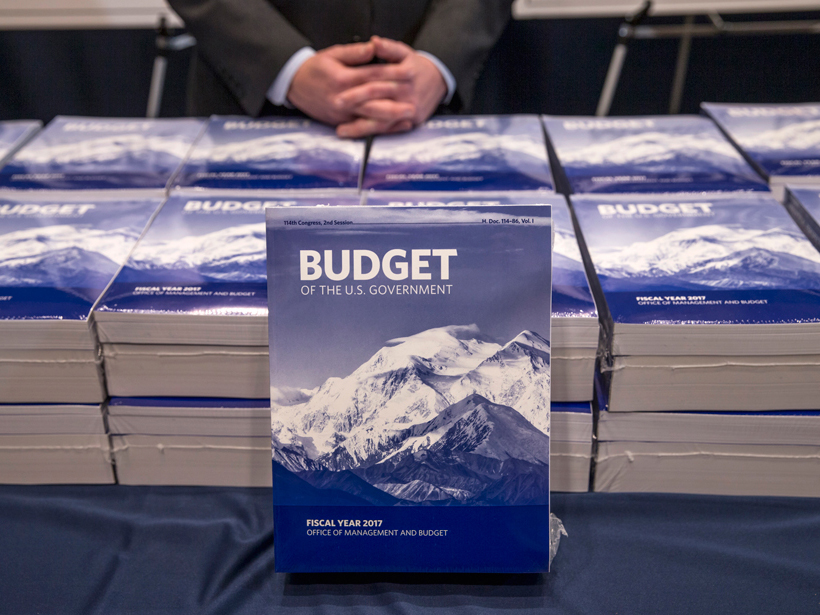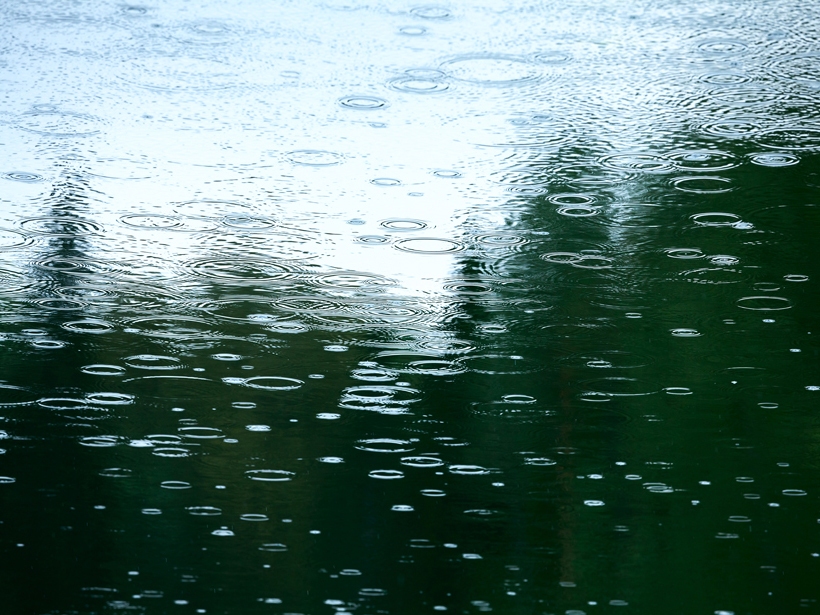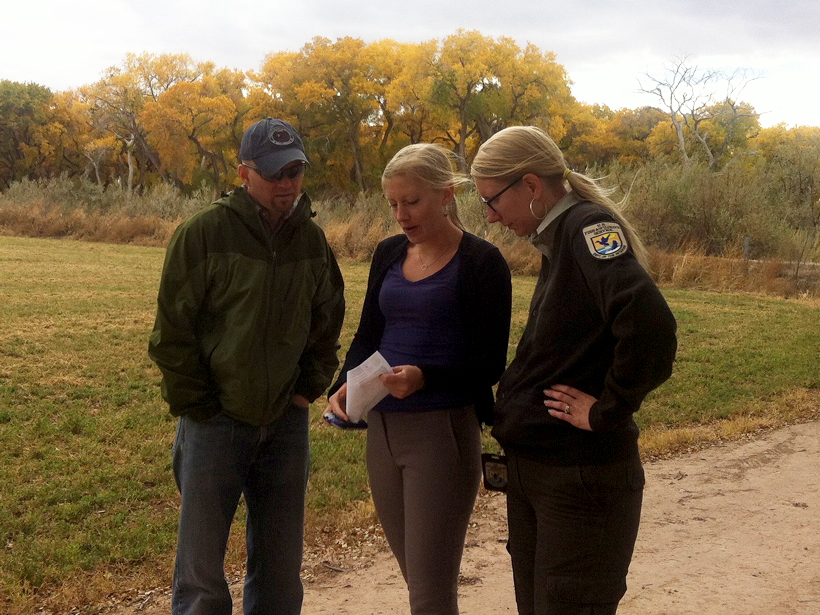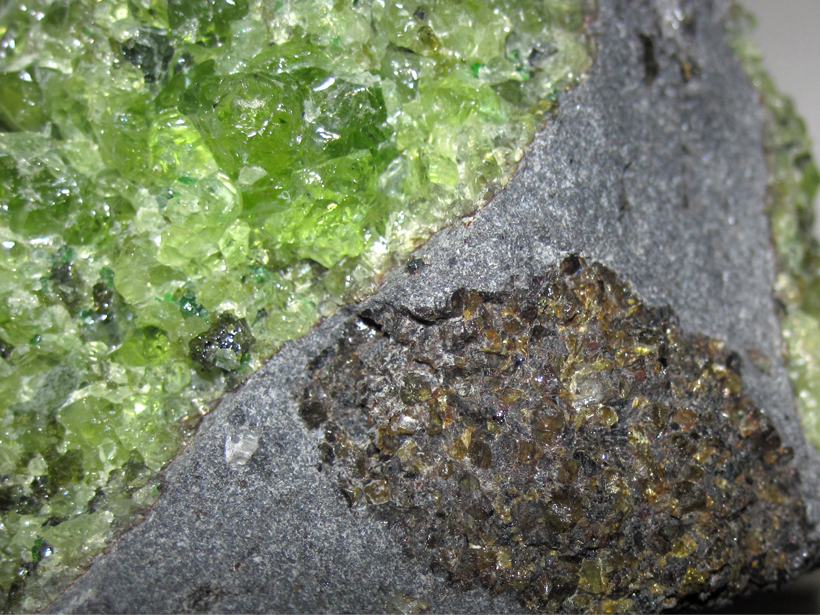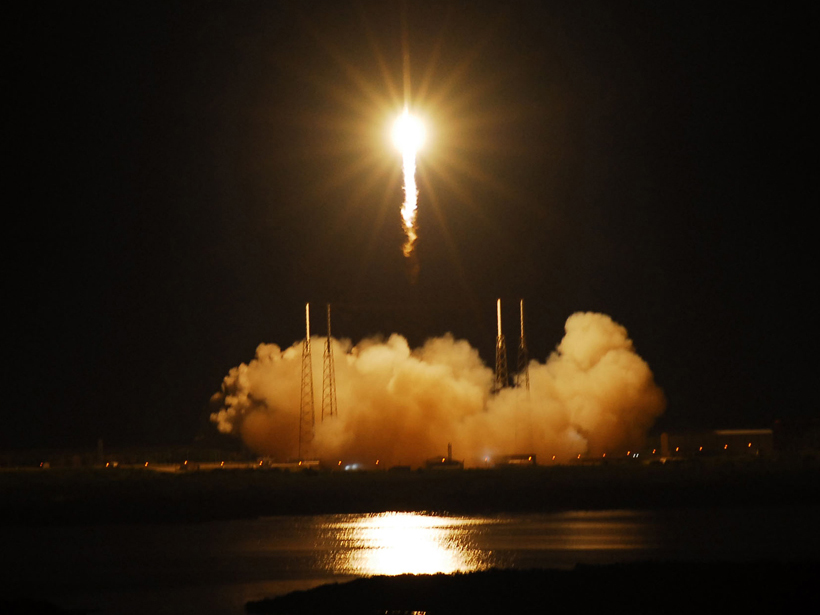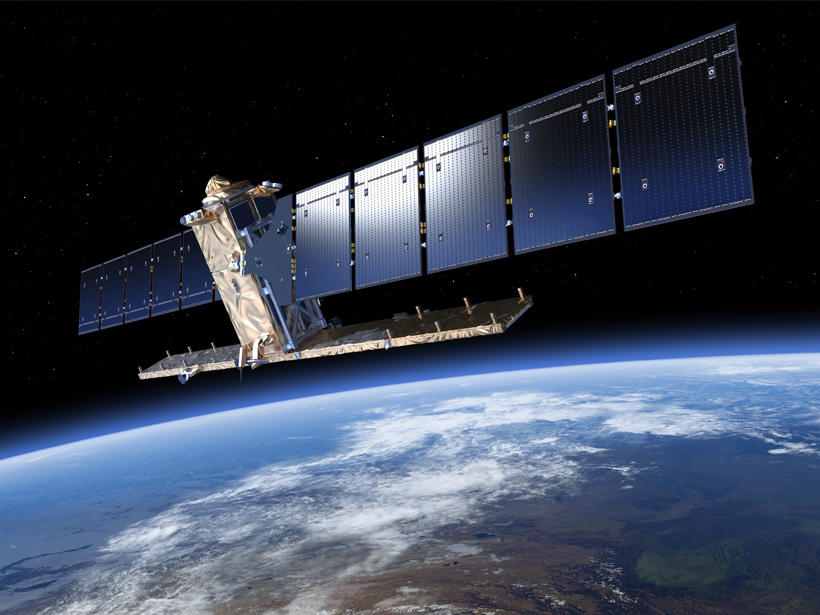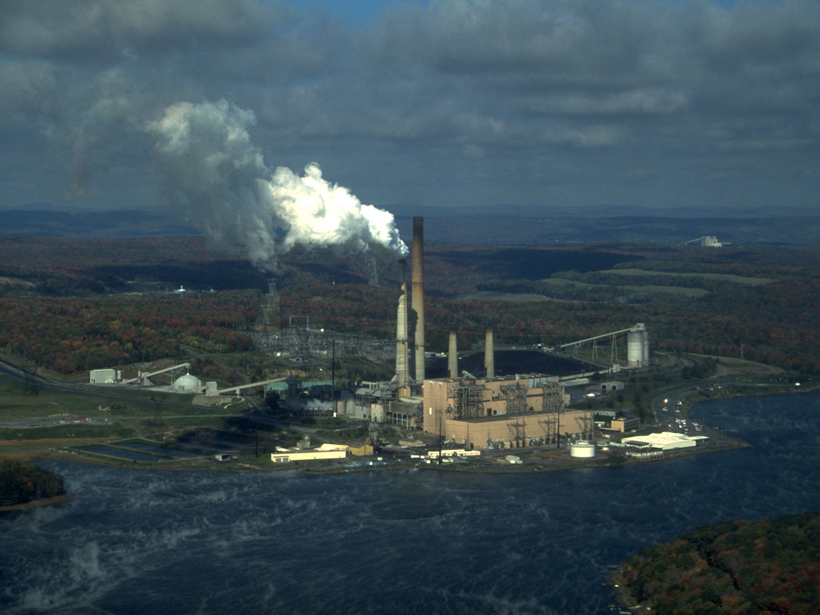Much of the White House's proposed 4.2% increase for federal research and development funding next year depends on Congress agreeing to a new "mandatory" funding category not subject to a budget cap.
United States
Mercury in Rain Increasing in Western and Central United States
Despite tightening emissions rules, mercury concentrations are rising in rainfall wetting western and central regions of the United States. The pollutant may waft in from Asia, scientists speculate.
Ensuring Coordination Among Regional Climate Science Programs
National Adaptation Forum; St. Louis, Missouri, 12–14 May 2015
P Wave Amplitude Decay Offers a Glimpse of Earth's Structure
Scientists look at deep earthquake signals to map how seismic waves lose energy in the upper mantle across the United States.
United States Still First in Science, Tech Research Spending
Although federal funding of science and engineering research has fallen behind inflation, private sector investment remains high, reports the U.S. National Science Board in its latest update.
Special Delivery: Post Office to Issue Space-Themed Stamps
Letter writers will be able to adorn their envelopes this year with full-disk images of the planets, Pluto, and the full Moon, as well as Star Trek icons.
Experts Urge Europe and the U.S. to Boost Cooperation in Space
By working more closely together, these major space players could better monitor weather and natural hazards, improve communications and satellite security, and extend international cooperation.
Despite Stalled Regulations, U.S. Mercury Emissions Decline
Newly published measurements made downwind of West Virginia, Pennsylvania, and Ohio coal-burning plants reveal steep, unexpected drops in atmospheric mercury concentrations since 2006.
U.S. Climate Change Negotiator Says Time Is Right for a Deal
With the United Nations climate change conference imminent, the U.S. special envoy for climate change optimistically outlined what sort of agreement could drive the transition to a low-carbon world.
Aftershocks of Old Quakes Still Shake New Madrid Seismic Zone
Geodetic data show that earthquakes in 1450 and 1811–1812 may be responsible for present-day seismic activity in the region.

